In a competition between two ingredients where both contenders are equally as tasty, everybody’s a winner.
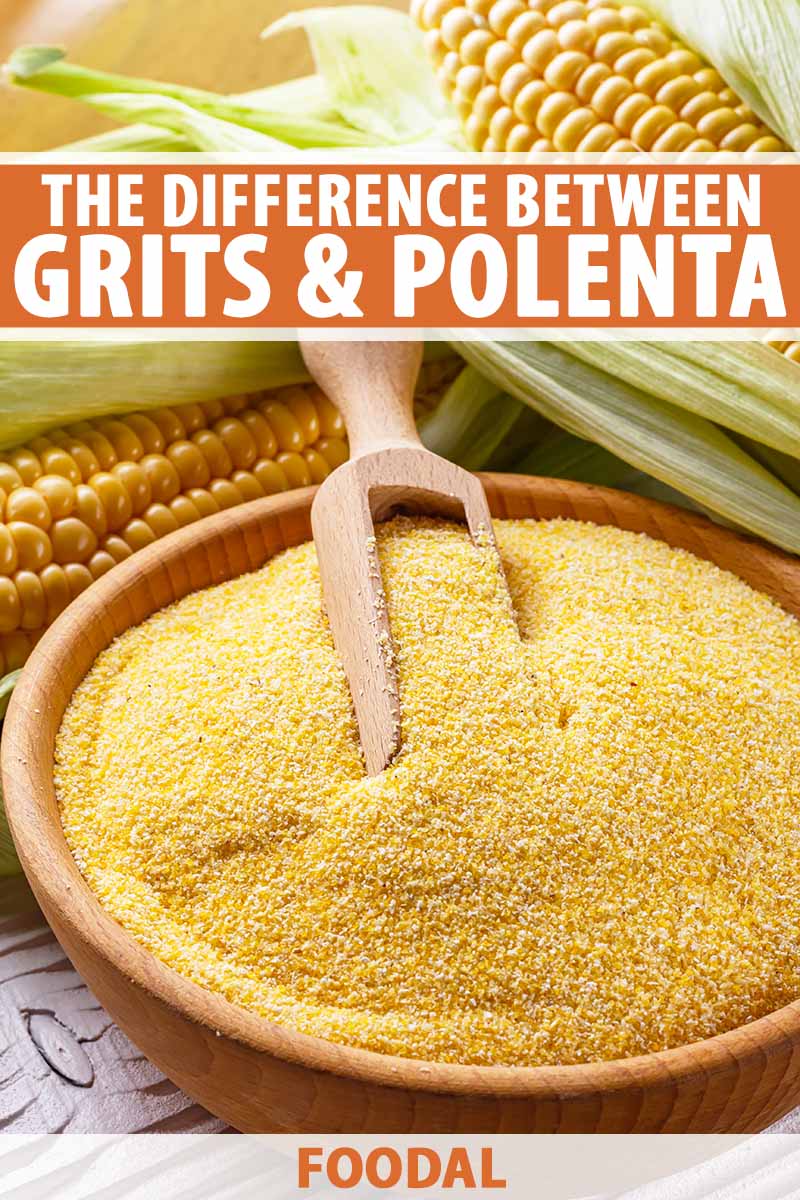
But in the case of the great dinner debate where grits and polenta face off, kernel to kernel in their case, it’s important to know what you’re getting yourself into.
Here’s why:
Let’s say you’re having your very fussy, very southern in-laws over for Sunday brunch and naturally, you want to make a good impression. You’ve heard them throw around words like “britches” and expressions like “bless her heart,” so it’s clear these folks ain’t playin’.
You spend hours preparing a glorious spread, and proudly carry your platter into the dining room. You set it down and announce to your guests that you hope they enjoy your scratch-made “shrimp and polenta.”
Eyes widen. Forks clatter to the floor. Everyone leaves. You get a divorce.
Okay, I’m exaggerating. But I got your attention – right?
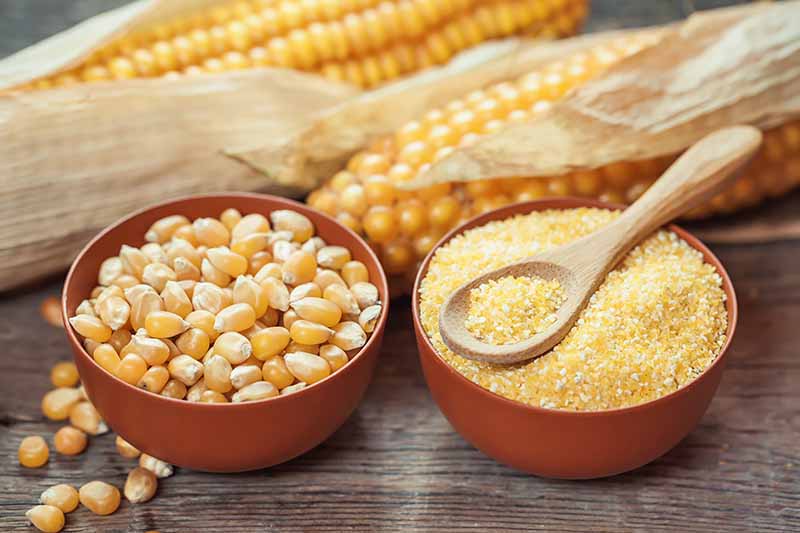
Here are the most basic, most fundamental differences between grits and polenta that we’ll cover: corn variety, taste, and texture.
Grits and polenta are essentially interchangeable as they both originate from the same source: ground dried corn, typically white for grits and yellow for polenta, though you will see yellow grits as well. But even though stone-ground meal is the foundation of both, they come from two different types of corn.
You’d be surprised at the amount of culinary diversity possessed by this grain. Go on with your bad self, corn! Bless your heart!
When it comes to those puffy southern grits often partnered with juicy shrimp, they’re traditionally made from “dent corn,” a variety that’s easier to mill thanks to its soft, floury starch tissues.
Famously beadlike Italian polenta, often married with meaty ragu, comes from the “flint corn” class, which Italians began to breed after importing it from the Caribbean around 1500. This starch is harder and does a better job of holding its coarse consistency than dent corn. You know, that “stick to your tongue” feeling.
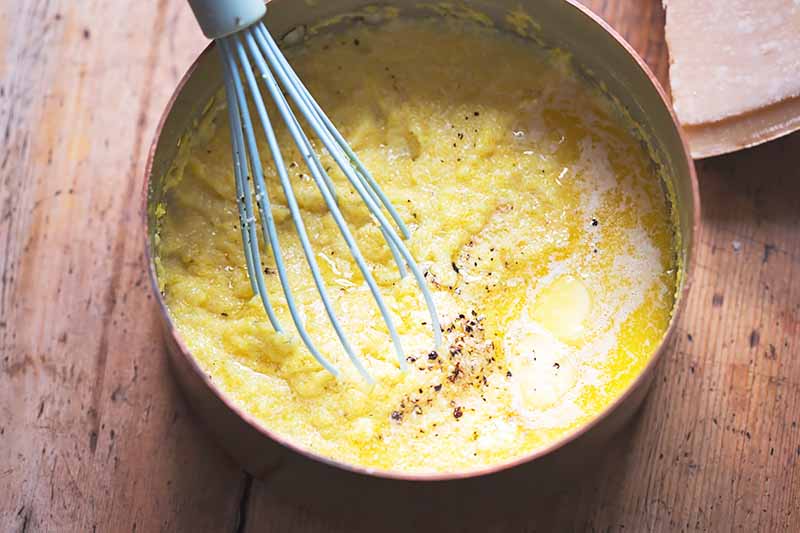
Speaking of taste buds, flint’s flavor profile is more minerally and floral, whereas dent possesses earthier corn notes up front and herbaceous hints in the background.
And, not to confuse you by throwing one more varietal into the mix, but we’ve got to hit on hominy.
Made from field (aka dent) kernels that have been soaked in an alkaline solution to soften the outer hulls, typically lime or lye, hominy is that oversized, puffy morsel that has the appearance of a giant kernel.
Through this process of nixtamalization, the kernels are rinsed to remove the hull and germ. You’ve likely spotted pillowy pieces of hominy in delicious Mexican soups such as pozole.
Moving right along, let’s crack open the story behind those kernels.

Flint kernel tops are hard, glossy, and round while dent corn’s kernels keep true to their namesake and bear a slight depression in their crowns. Sounds sad, but turns out it’s delicious!
The milling and grinding process is also a factor in distinguishing the two.
Polenta is milled multiple times, producing flaky morsels that are more uniform in size, while stone-ground grits are passed through the millstone in one quick trip, creating a mix of particle sizes.
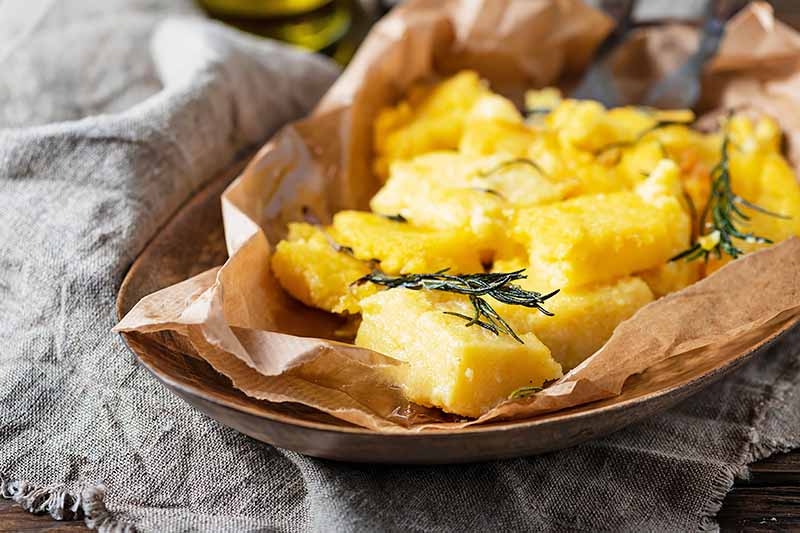
Though you’ll spot both grits and polenta cakes on many-a-menu, chewier polenta is the better bet for making ultra-sturdy formed patties, squares, sticks, and triangles in your kitchen.
And when you do have that hankering for homemade, don’t forget the following tips before you head off to the store:
Try to avoid anything with the word “instant” or “quick-cooking” on the package – and I say that goes for most things.
Unless I’m in outer space, I prefer to avoid instant hollandaise, for example. Grits or polenta labeled as quick-cooking are likely over-processed and have been partially cooked prior to packaging, which can lead to a pasty or gummy texture.
And whatever you do, don’t be teased by those pre-cooked polenta tubes. Does a congealed blob really sound like it will make a dynamite side dish to you? I think not.
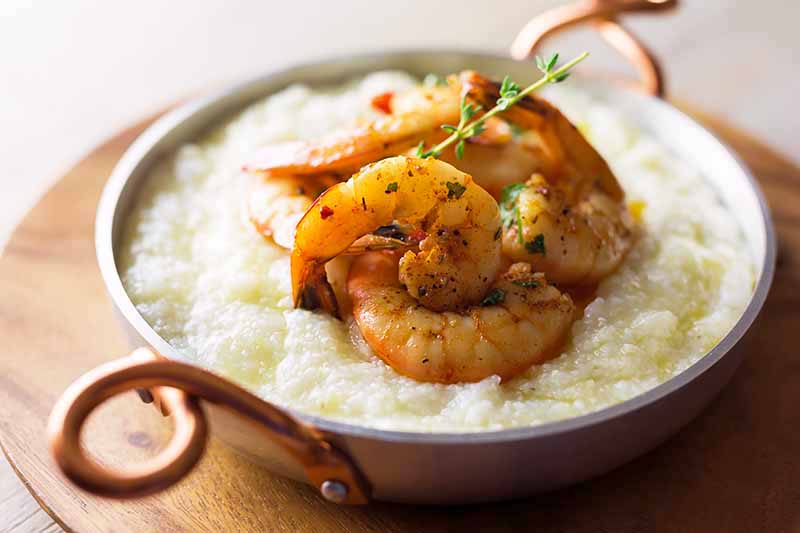
Just put it down and walk away.
While your feet are already moving, point them in the direction of the bulk section where you’ll find higher-quality stone ground cornmeal. You may also bump into it in the rice aisle in a charming old-timey burlap pouch.
No judgement if you absolutely have to turn to an instant version of grits, but low and slow simmering of the raw grains (and soaking them overnight, which softens the hulls) will result in that wow factor.
A Kernel of Truth
You’ve now been schooled in these delicious stone ground goodies. Go get your grits on. Or polenta. The choice is yours.
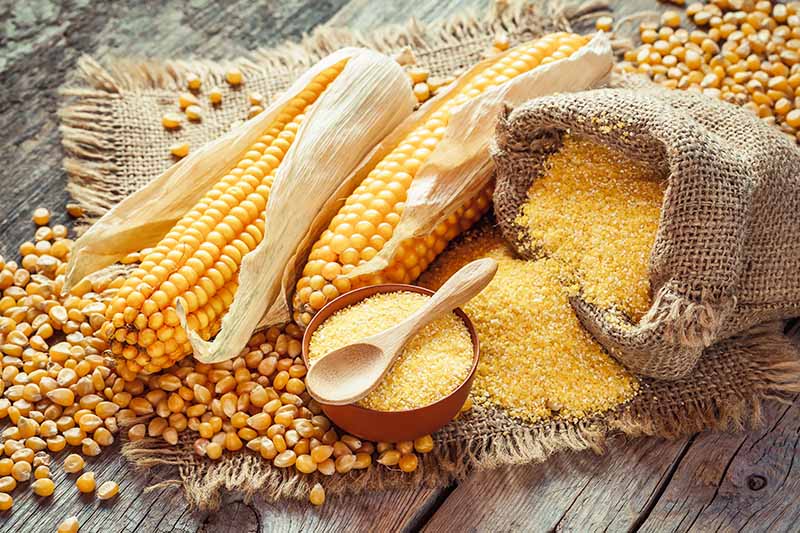
Looking for serving suggestions? Never underestimate classic shrimp and grits – an iconic duo for a reason – but I’m partial to this recipe which couples a nutty parmesan cheese-infused base with crispy broiled salmon.
Pan-fry chilled polenta wedges and substitute them anywhere you’d use pasta. For a vibrant vegan feast, this creamy recipe with herbed mushrooms is a show-stopper.
But we say get to learn the basics. We have an amazing tutorial for learning to cook grits in the electric pressure cooker.
When it comes to all the ways to consume corn, the possibilities are endless. Here are some rock star recipes that get this grain in your belly to try next:
Sweet? Salty? Spicy? What flavor profile will you lean into with all of your creations featuring these hearty ingredients? Drop us some kernels of truth in the comments below!
Photo credit: Shutterstock.
About Fanny Slater
Fanny Slater is a home-taught food enthusiast based in Wilmington, North Carolina who won the “Rachael Ray Show” Great American Cookbook Competition in 2014, and published her cookbook “Orange, Lavender & Figs” in 2016. Fanny is a food and beverage writer, recipe developer, and social media influencer. She was a co-host on the Food Network series “Kitchen Sink,” was featured on Cooking Channel’s longtime popular series “The Best Thing I Ever Ate,” and continues to appear regularly on the “Rachael Ray Show.”

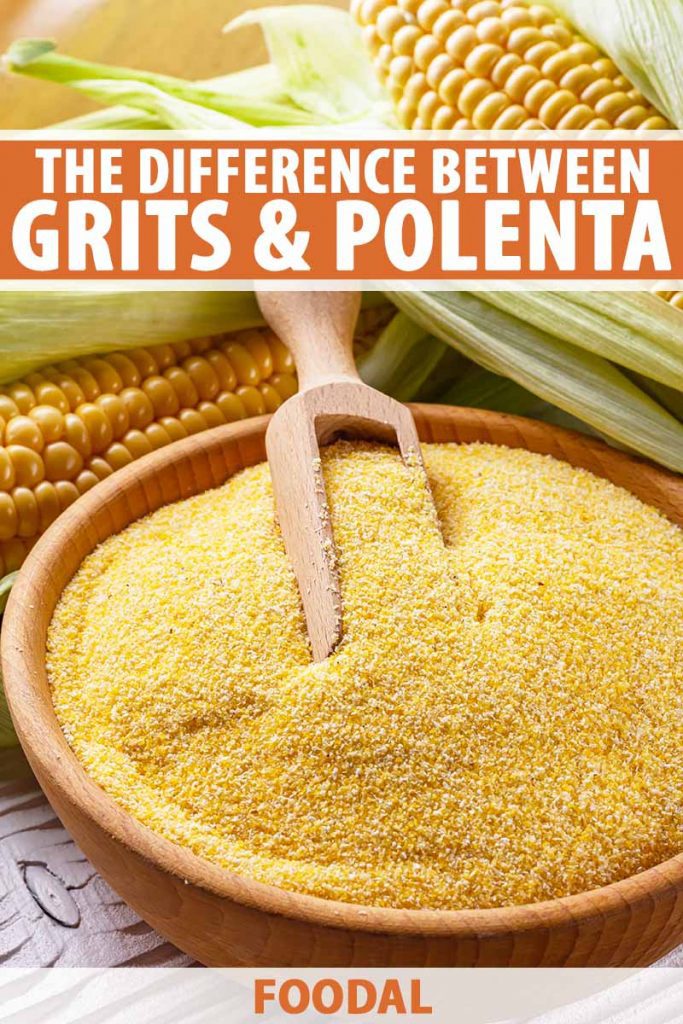



The clarity and excellence of your explanations are “super” easy to see and to let the young learn. Thank you.
Thank you for reading Foodal!